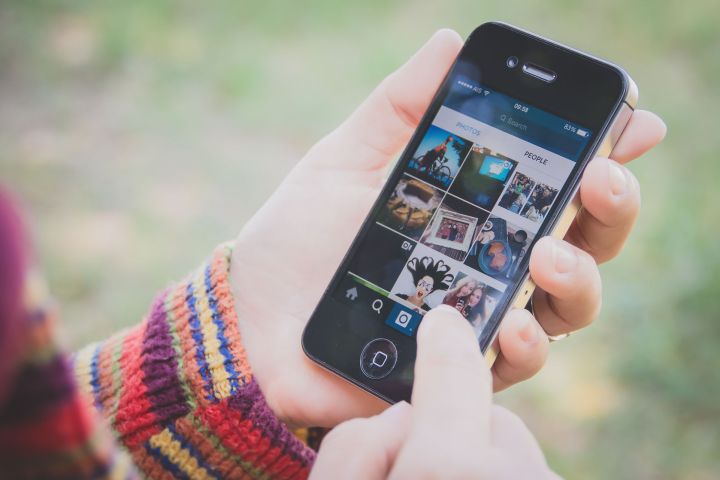
3D Touch has been the attention of much praise from Apple following the release of the iPhone 6S and 6S Plus which introduced Apple’s target audience to the technology. Force Touch is a more basic variant of the same tech, but used in the Apple Watch. Depending on how hard you press the screen app developers can trigger different ways for their code to respond.
For the social media photo sharing giant, force sensitivity means quick access to its most commonly used features; with slightly more pressure than normal, Instagram users can press on a photo and follow by either dragging their finger to Like, Profile, or Share, depending on their preference. But with the introduction of the technology, and the quick-access functionality brought about from it, the developers have decided long presses can do the same thing. Now anyone with a touch sensitive Android phone (i.e., an overwhelming majority) can get access to the same Instagram features available on Apple’s latest flagship devices.
We first heard of these features coming to google’s mobile operating system on December 8. While they’re not exactly revolutionary, they show how some developers are struggling to make full use of the force sensitive technology. Touch sensitivity has worked in a similar fashion for a long time now, and we’re likely to see further takes on how to improve the intuitiveness and user experience via touch technology.
Editors' Recommendations
- ZTE’s new Android tablet is one of the craziest we’ve seen in 2024
- Your Oura Ring is about to get 3 powerful new health features
- iOS 16 is a perfect excuse to bring 3D Touch back to iPhones
- Instagram’s Playback takes on Spotify’s 2021 recap feature
- Samsung’s Android 12 and One UI 4 update comes to the Galaxy Z Flip and Fold 3

